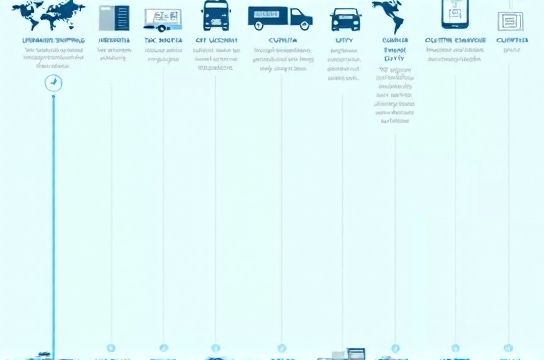Understanding Customs Fees When Ordering from China
- 时间:
- 浏览:28
- 来源:OrientDeck
So you've found an amazing deal on a gadget, fashion piece, or bulk goods from China—awesome! But before you hit that 'Buy Now' button, there's one not-so-glamorous detail you can't ignore: customs fees. Yeah, we know—it’s not as exciting as unboxing your new purchase, but trust us, getting blindsided by extra charges at the border? Way worse.

What Exactly Are Customs Fees?
When you order something from another country (like China), your package crosses international borders. Most countries impose import duties, taxes, and handling fees to regulate what comes in. These are collectively called customs fees.
They’re calculated based on:
- The item’s declared value
- Product category (e.g., electronics, clothing)
- Weight and shipping method
- Your country’s import regulations
Do You Always Pay Customs Fees?
Not always—but often. Many countries have a de minimis threshold. If your package is under that value, you might skip the fee.
Here’s a quick look at key thresholds:
| Country | De Minimis Value (USD) | Notes |
|---|---|---|
| United States | $800 | No duty if under this amount (Section 321) |
| Canada | $20 | Duties may still apply over this limit |
| UK | £135 (~$170) | Tax applies above this level |
| Australia | $1,000 AUD (~$670 USD) | Import tax may apply |
| Germany | €150 (~$160) | VAT + duties may apply beyond |
So if you're in the U.S. and ordering a $600 drone? Likely no customs hit. But that same item shipped to Canada? Brace for a $40–$60 fee.
How Are Fees Calculated?
Let’s say you buy a smartwatch from China for $150, with $20 shipping. Your total declared value: $170.
In Canada, that’s over the $20 threshold. The customs office might add a 10% duty (depending on classification) plus 5% GST and 8% PST. That could mean an extra $40–$50 in fees.
Worse? Some couriers (like DHL or FedEx) charge a handling fee—sometimes $20–$50 extra—for processing the customs paperwork. Ouch.
Pro Tips to Avoid Surprise Charges
- Split your orders: Stay under your country’s de minimis limit.
- Ask sellers to declare lower value: Not always ethical (or legal), but common. Just don’t lie too obviously.
- Use ePacket or standard mail: These often bypass heavy scrutiny vs. express couriers.
- Check HTS codes: Harmonized Tariff Schedule codes tell you the exact duty rate for your product.
The Bottom Line
Ordering from China can save you serious cash—but only if you factor in customs. Always estimate potential fees before buying. A $100 item could end up costing $160 after duties, taxes, and handling.
Do your homework. Use online calculators. And maybe—just maybe—your next AliExpress haul will arrive without a scary invoice.